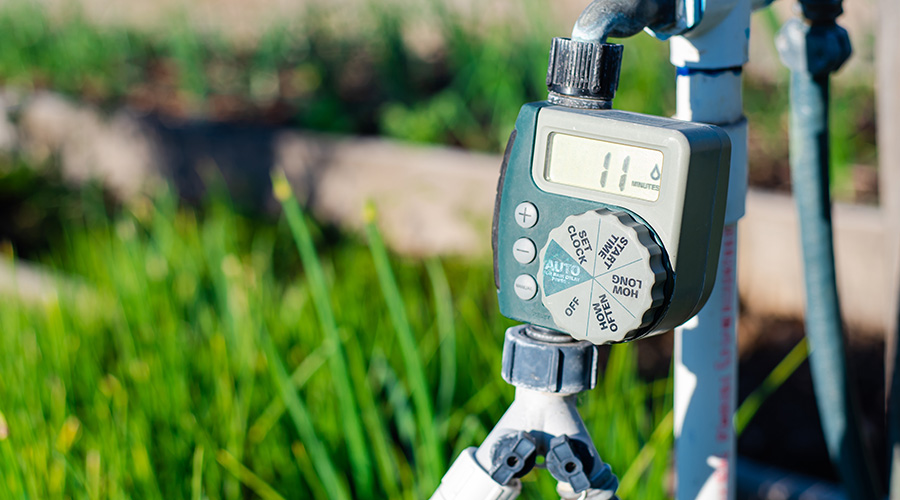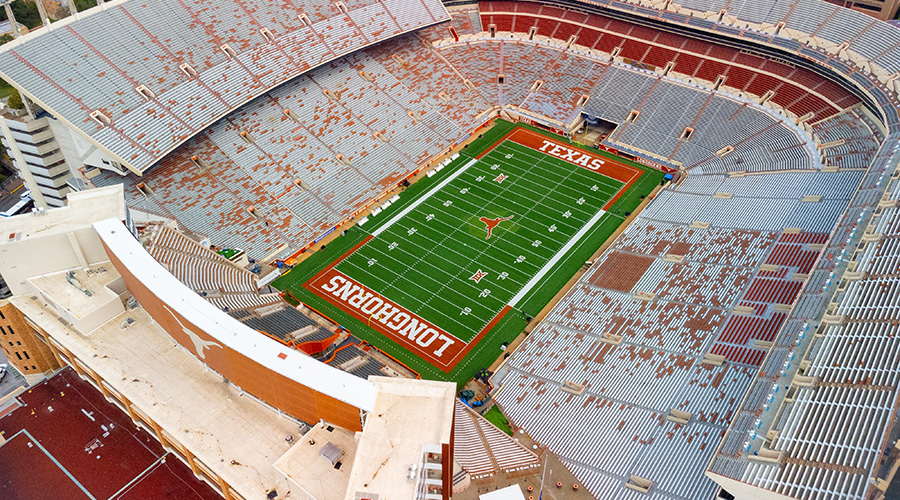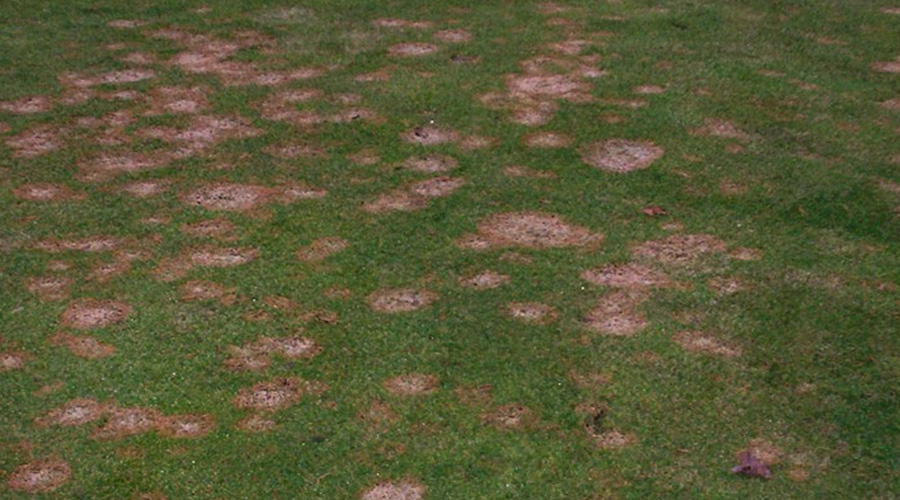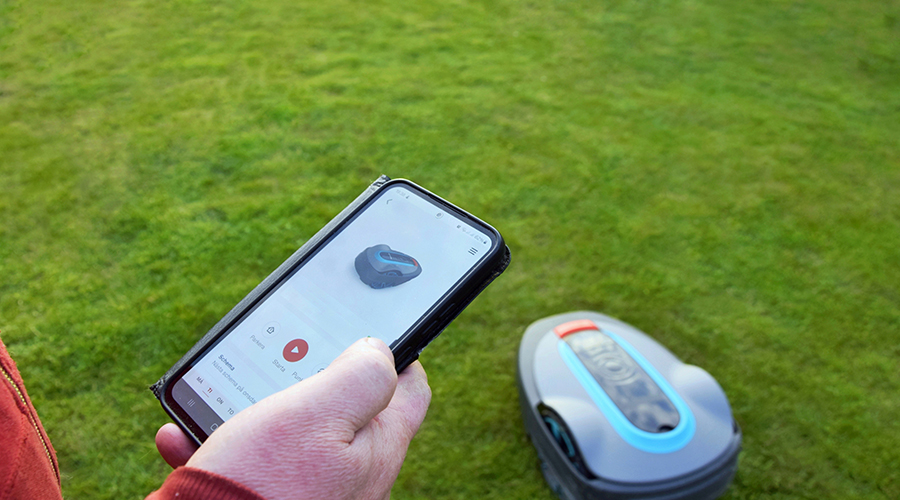Smart Irrigation: Saving Water, Compiling Data
Installing sensors can help managers better monitor weather trends, water use.
Most grounds managers at institutional and commercial facilities work diligently to keep their turf green and healthy without using more water than is necessary. Smart irrigation systems can help them achieve both goals.
These solutions leverage cutting-edge technology to optimize landscape irrigation, says Carmella Jaskiewicz-Byers, vice president, general manager, industrial property management with JLL, a commercial real estate firm. They accomplish this by integrating sensors, real-time weather data, remote access, and automated controls to deliver precise watering based on current environmental conditions, ensuring efficient water usage and healthier landscapes, Jaskiewicz-Byers adds.
The weather data that smart irrigation systems use comes from nearby weather stations, which measure evapotranspiration (ET) rates, says Jim Kauth, a certified landscape water manager, certified landscape irrigation auditor and managing director and founder of Aqua Trac System, an Arizona-based water management company. ET refers to the combined amount of water that evaporates from the soil, as well as the amount that transpires or is released from plants.
“Think of it like a water use rate for your landscape,” he says.
So, if half the water in a particular patch of soil is gone due to ET, a smart irrigation system replaces only half, and the system also will use ET data to program the run times of the controller within the smart irrigation system, Kauth adds.
Costs and savings
The initial investment required for a smart system can be between 20 and 50 percent higher than for a traditional, non-smart system, says Jaskiewicz-Byers.
“However, it’s important to consider the long-term return on investment through reduced water consumption and operational costs,” she adds. Also, many local governments and utility companies offer rebates or financial incentives for smart irrigation installations, she says.
For places like golf courses and sports fields, smart irrigation systems can save as much as 30 percent on annual water costs, says Paul Cushing, agronomist, sports field specialist, and owner of PC Turf Pro.
While water conservation and the resulting cost savings are key benefits of smart irrigation systems, they’re not the only ones. For locations in which the turf must be pristine, such as golf courses, smart irrigation systems can help in reaching this goal, Kauth says.
Another benefit is time savings, says Janet Luehrs, project manager with Brookwater Irrigation Consultants. Many smart systems can be programmed remotely, from a phone or tablet, so workers don’t necessarily have to head to the facility to make adjustments.
Smart irrigation systems can also help to ensure compliance with water regulations and environmental standards, Jaskiewicz-Byers says.
Several steps can help managers effectively leverage a smart irrigation system. A starting point is a comprehensive audit of both the landscape and the existing irrigation system.
“Every smart irrigation system requires data from the field,” Kauth says.
The audit should assess the current irrigation system from the water source to the sprinkler heads or drip emitter. Among other information, the audit should identify the types of sprinkler heads, or for a drip system, the hourly volume of water flow. This will tell how much water the landscape requires, the locations of the irrigation stations, the efficiency of the current irrigation system and the steps required to boost efficiency, among other information.
A landscape assessment should also evaluate existing drainage patterns to prevent waterlogging and ensure effective irrigation. It should identify use patterns, such as high-traffic zones or recreational spaces to prioritize irrigation needs. Managers also need to check the compatibility of the system with the existing irrigation infrastructure and the current building management system, Jaskiewicz-Byers says.
Karen Kroll is a freelance writer based in the Twin Cities in Minnesota.
Related Topics:













